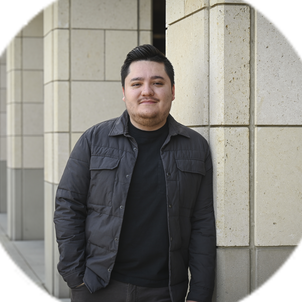Congenital defects are the leading cause of infant mortality in the U.S. One of the most severe defects is single ventricle physiology, where essentially you are born missing half of your heart. You have only one pumping chamber where you should have two. When this happens, patients have to undergo a drastic series of three open-heart surgeries before they are 3- or 4- years old. We’re using engineering tools to look at how those surgeries are performed, and whether we could optimize them or replace them entirely.
The focus of my lab is to develop tools for simulating the cardiovascular system, with a particular focus on blood flow in the vasculature and the heart. We build patient specific models from medical image data so that we have a customized model for an individual patient, which represents their particular vascular anatomy. We then use that model to run simulations of blood flow, which allows us to do virtual surgery, virtual treatment planning or risk assessment.
A lot of what we do is develop numerical tools and new computational algorithms to improve accuracy, and ensure we can capture things like moving walls of the heart or valve leaflets in a realistic way. Ultimately, I want to bring the same kind of predictive simulations that we’ve come to routinely expect in for example, the aerospace industry to medicine. Boeing wouldn’t dream of designing an airplane without computational modeling. In medicine we are not quite there yet when it comes to leveraging quantitative tools. Right now clinicians have to make a lot of decisions based on their experience and instincts, which of course is extremely important, but we want to give them additional predictive tools. My hope is that we can bring these kinds of tools to routine clinical use, so that we’re able to run simulations for every patient to make better predictions about their individual outcomes in surgery, and ultimately improve their overall outcomes and quality of life.
My PhD was in mechanical engineering here at Stanford in the fluid mechanics group. I did turbulence modeling mostly for aerospace applications. When I finished my PhD, I realized that I loved the quantitative side of my work, but I wanted to do something that had a human application. I paired the quantitative tools I had developed while working on cardiovascular disease as a postdoc with human medicine. I am now jointly appointed between pediatrics in the School of Medicine and bioengineering and ICME in the School of Engineering.
Related spotlights

Adrienne Propp

Lara Weed

